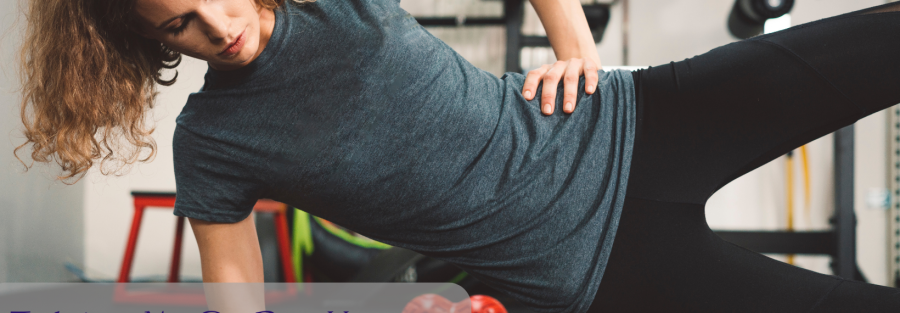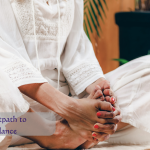Unveiling the Science Behind Chavutti Thirummal: A Look Beyond the Technique
Chavutti Thirummal, a traditional Ayurvedic foot massage technique, has captured the attention of both practitioners and clients alike. While its ancient roots and unique delivery method are intriguing, understanding the science behind its benefits adds another layer of appreciation for this powerful therapy. This blog delves into the potential scientific explanations for how Chavutti Thirummal works, exploring its impact on circulation, muscle function, and overall well-being.
Beyond Tradition: Exploring the Scientific Lens
Chavutti Thirummal’s origins lie in ancient Ayurvedic practices. However, modern science offers insights into how this therapy might influence the body’s physiological processes. Here’s a look at some potential scientific explanations for its benefits:
- Enhanced Circulation: The rhythmic footwork and deep tissue pressure applied during Chavutti Thirummal are believed to stimulate blood flow throughout the body. Improved circulation can enhance the delivery of oxygen and nutrients to tissues, aiding in healing and promoting overall well-being. Research suggests that massage therapy, in general, can improve blood flow, particularly in the extremities [1].
- Fascia Release: Fascia is a web of connective tissue that surrounds muscles, organs, and other structures in the body. Chavutti Thirummal’s deep pressure and strokes may help release tension and adhesions in the fascia, improving flexibility and reducing pain [2].
- Pain Modulation: The stimulation of mechanoreceptors (sensory receptors) in the skin and deeper tissues during Chavutti Thirummal may trigger the release of endorphins, the body’s natural pain relievers. Additionally, the massage may help reduce pain by decreasing inflammation and improving circulation [3].
- Stress Reduction: The deep pressure, rhythmic movements, and focus required during Chavutti Thirummal can promote relaxation and activate the parasympathetic nervous system, which counteracts the stress response. Studies suggest that massage therapy can be effective in reducing stress and anxiety [4].
Important Note: While these are potential scientific explanations, more research is needed to fully understand the specific mechanisms by which Chavutti Thirummal exerts its effects.
A Holistic Approach: Combining Science with Tradition
Chavutti Thirummal’s effectiveness likely stems from a combination of factors:
- Physical Manipulation: The deep tissue work, pressure application, and stretching techniques directly influence the body’s tissues and nervous system.
- Mind-Body Connection: The focus and relaxation induced during the massage promote a sense of well-being that extends beyond the physical experience.
- Ayurvedic Philosophy: Chavutti Thirumal aligns with Ayurvedic principles of promoting balance and removing blockages in the body’s energy channels (nadis), potentially contributing to its holistic benefits.
Exploring the Landscape of Research: Studies on Chavutti Thirummal
While dedicated research on Chavutti Thirummal is limited, studies on massage therapy in general offer valuable insights. Here are some examples:
- A study published in the International Journal of Behavioral Medicine found that massage therapy was effective in reducing pain and improving function in people with chronic low back pain [5].
- Research published in the Journal of Alternative and Complementary Medicine suggests that massage therapy can be helpful in managing anxiety and stress [6].
These studies, while not specifically focused on Chavutti Thirummal, provide evidence for the potential benefits of massage therapy on pain, stress, and overall well-being.
The Future of Chavutti Thirummal Research: Unlocking Its Potential
Further research on Chavutti Thirummal is necessary to fully understand its effectiveness for various conditions and its specific mechanisms of action. Here are some promising areas for future exploration:
- Comparative Studies: Research comparing Chavutti Thirummal to other massage techniques could provide insights into its unique benefits.
- Clinical Trials: Studies investigating the effectiveness of Chavutti Thirummal for specific conditions, such as chronic pain or stress, could offer valuable evidence for its therapeutic applications.
- Physiological Mechanisms: Research exploring the specific ways Chavutti Thirummal influences circulation, muscle function, and the nervous system would enhance our understanding of this therapy.
By supporting and conducting further research, we can unlock the full potential of Chavutti Thirummal as a valuable tool for promoting health and well-being.



